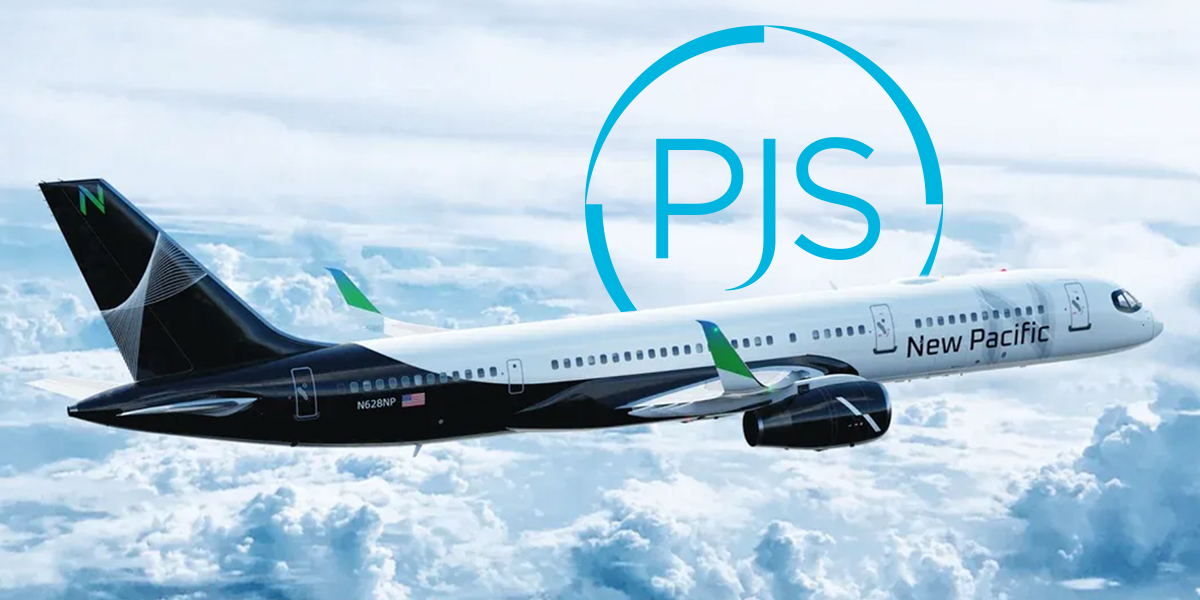By Matt Dubois — Chief of Staff & Director of Safety
This is not our normal Safety blog post; however, solving the problem of aviation talent management does have a direct bearing on the safety of our industry. Historically, the war for talent has been particularly hard-fought in aviation. Shortages are predicted for several years to come and currently exist across the industry. The anticipation of pent-up turnover demand from 2020 will make talent attraction and retention a central theme.
According to the Boeing Pilot and Technician Outlook 2021- 2040: “Long-term demand for newly qualified aviation personnel remains strong, as 612,000 new pilots, 626,000 new maintenance technicians and 886,000 new cabin crew members are needed to fly and maintain the global commercial fleet over the next 20 years.”
“Meeting projected pilot, aircraft mechanic and flight attendant demand is wholly dependent on industry’s investment in a steady pipeline of newly qualified personnel to replace those who have left or will soon exit the industry through mandatory retirement, early retirement, recent layoffs and furloughs, and ongoing attrition.”
In short, unless the industry gets creative, supply of a qualified workforce is unlikely to keep up with demand.
While COVID provided a momentary reprieve from the aviation labor shortage due to decreased demand, some of the decisions made in response to the pandemic may have threatened the ability of some companies to recover and grow now that the demand has returned. For example, many aviation companies retired their most senior workers. Due to the lengthy training pipeline and workers changing jobs to fill in the vacancies, this talent will not be replaced easily or quickly.
What can small companies do about a global shortage of aviation talent?
- Central to attracting, retaining and developing talent is a persuasive employment package. Offering a compelling compensation package and benefits creates a foundation for successful talent acquisition efforts.
- A strong company culture also gives companies a competitive advantage with potential employees. People want to work for and trust an employer with a positive reputation attributed from previous and current employees. A positive culture fosters a sense of employee loyalty, equating to job satisfaction and long-term retention.
- In addition, the workforce of today expects a dynamic workplace with consideration to a work-life balance.. Employees and applicants look for flexibility with where and when they work since the pandemic demonstrated that this is possible and — in some cases — preferable.
- Finally, employees expect company leadership to be committed to a workplace environment shaped by diversity, equity and inclusion. Equality and fairness amongst salaries is one way to start. We recently instituted a salary review committee that allows us to evaluate our pay and benefits against rapidly changing industry trends. Knowing what our employees are benchmarking their pay against has helped us attract and retain the best team in the industry.
PJS is always looking for unique ways to attract and retain aviation talent. Above industry average compensation tied together with a very sophisticated benefits offering has allowed us to create an incredible team of aviation professionals that are dedicated to safety and the customer experience. Aviation businesses that take similar steps will remain ahead of the curve and help the industry as a whole solve the war on talent.




